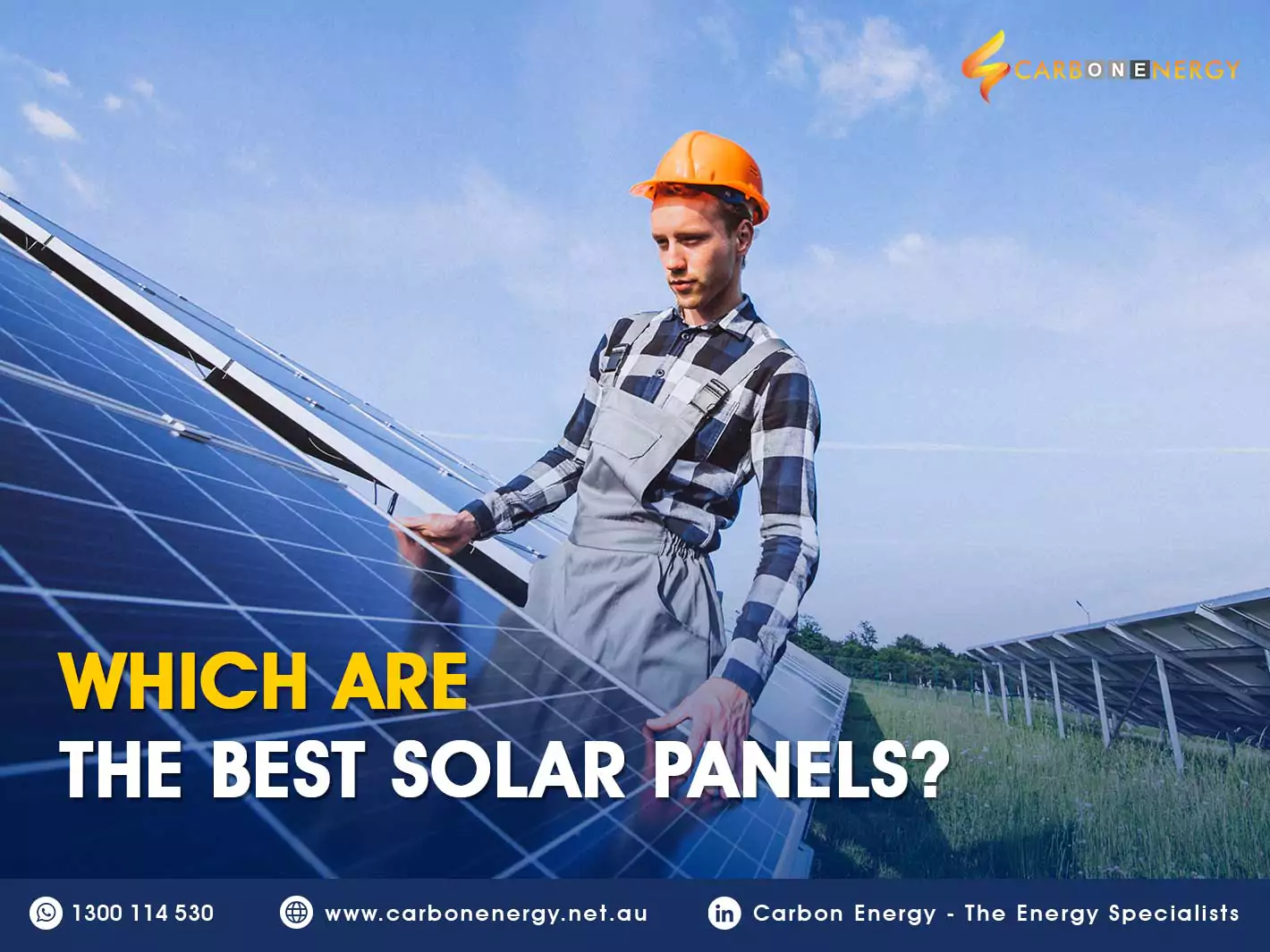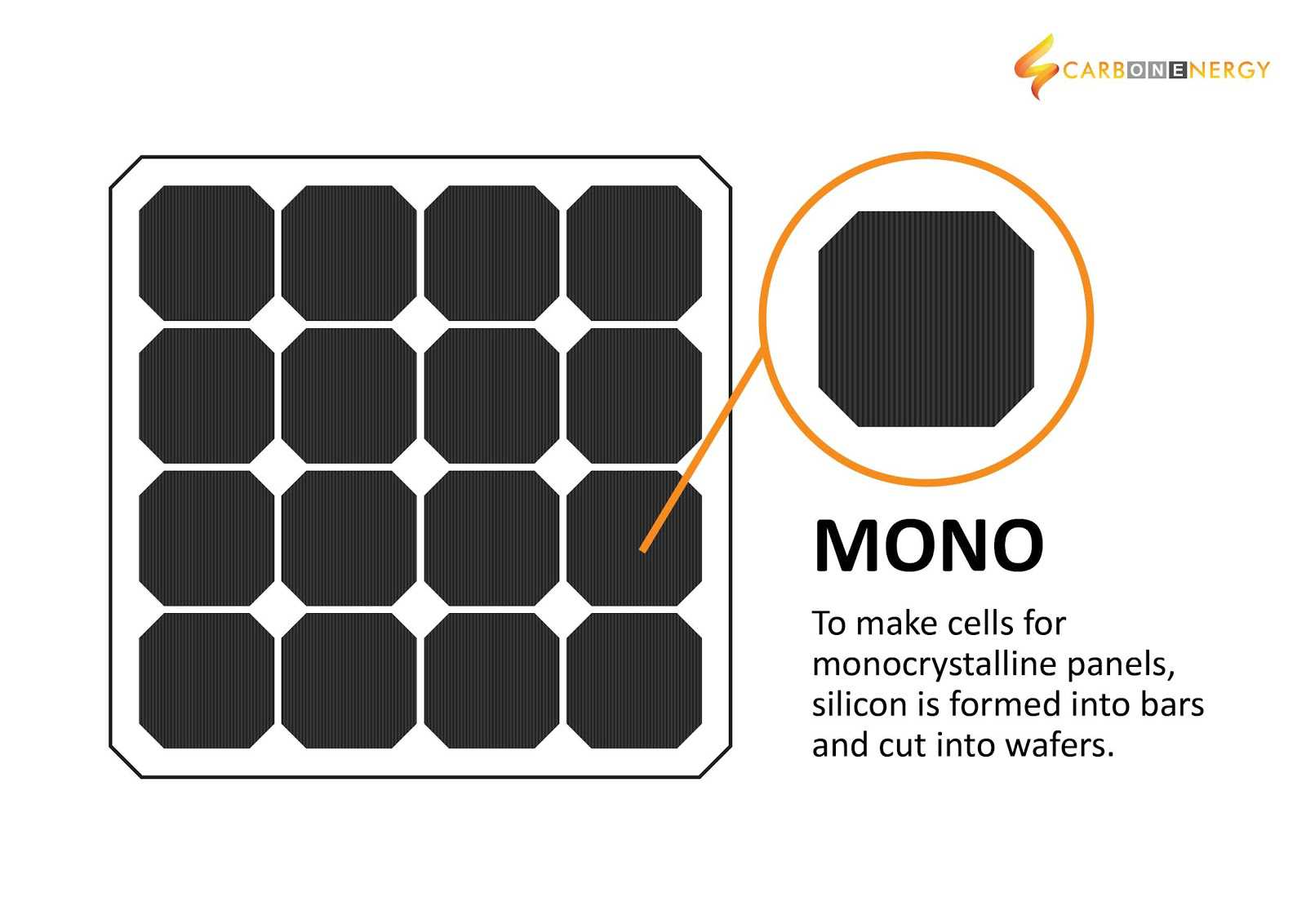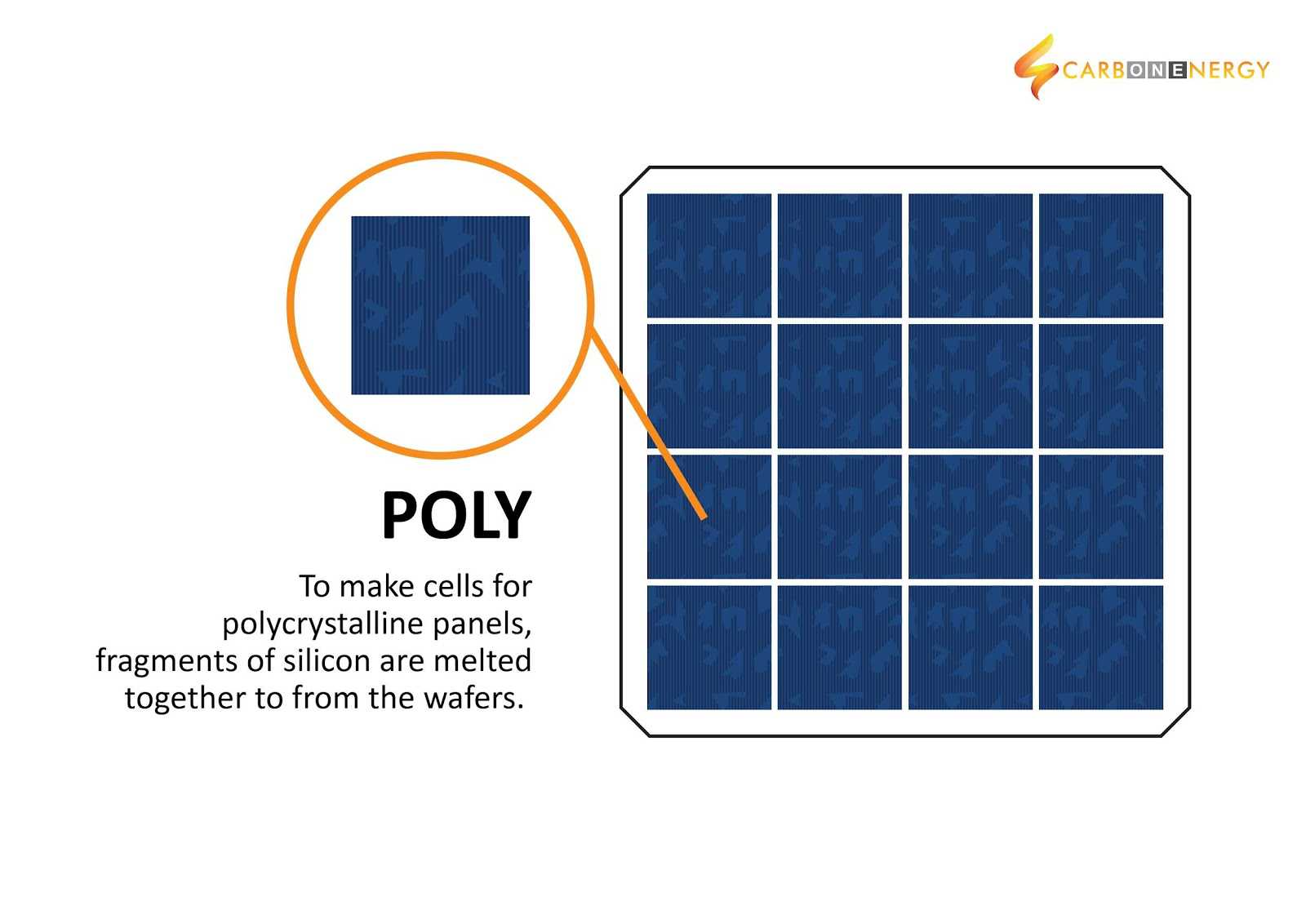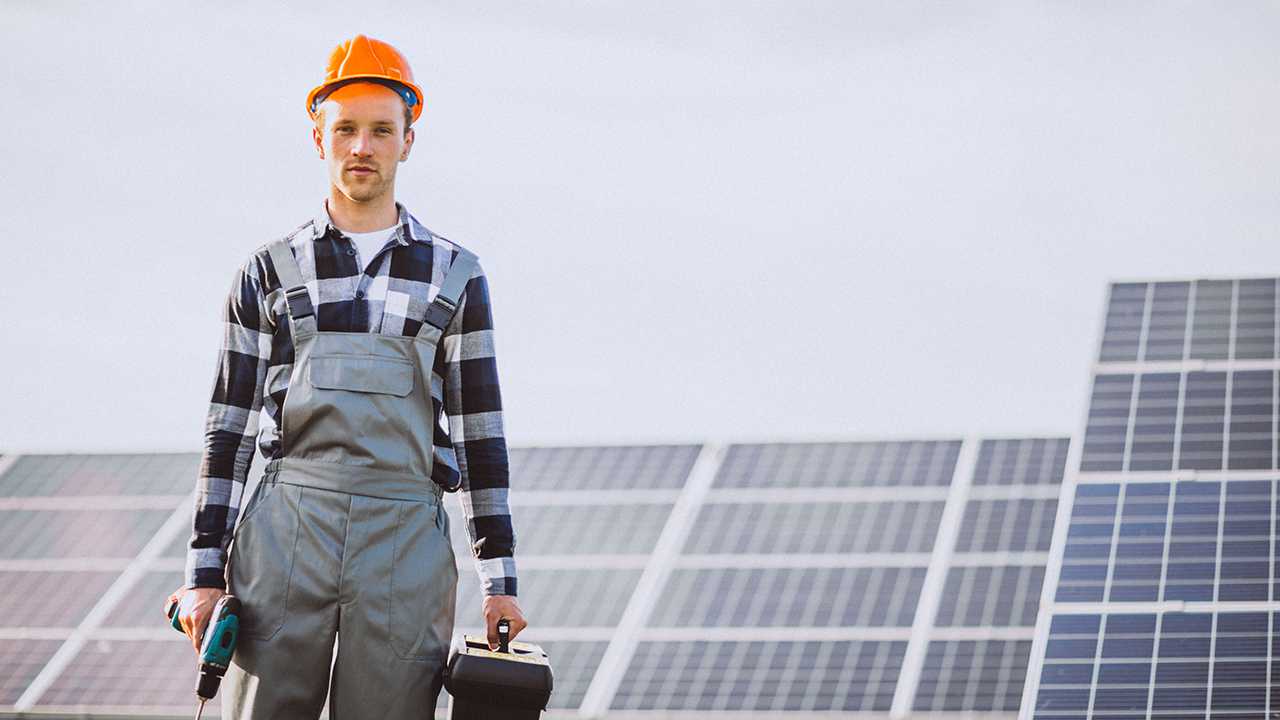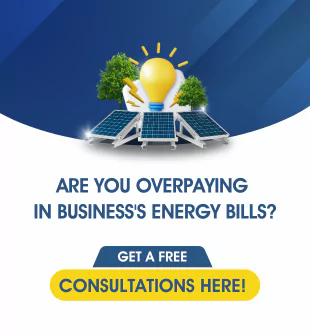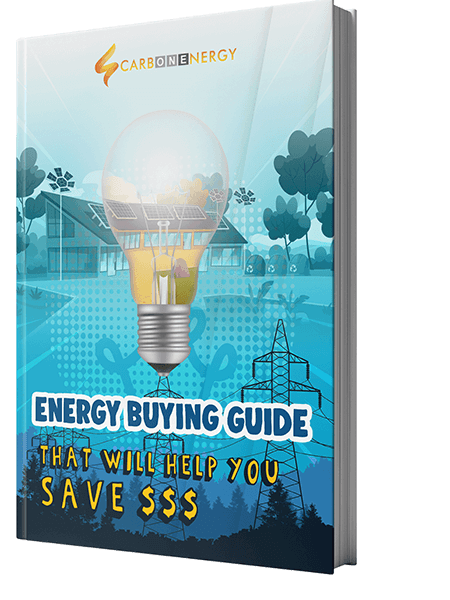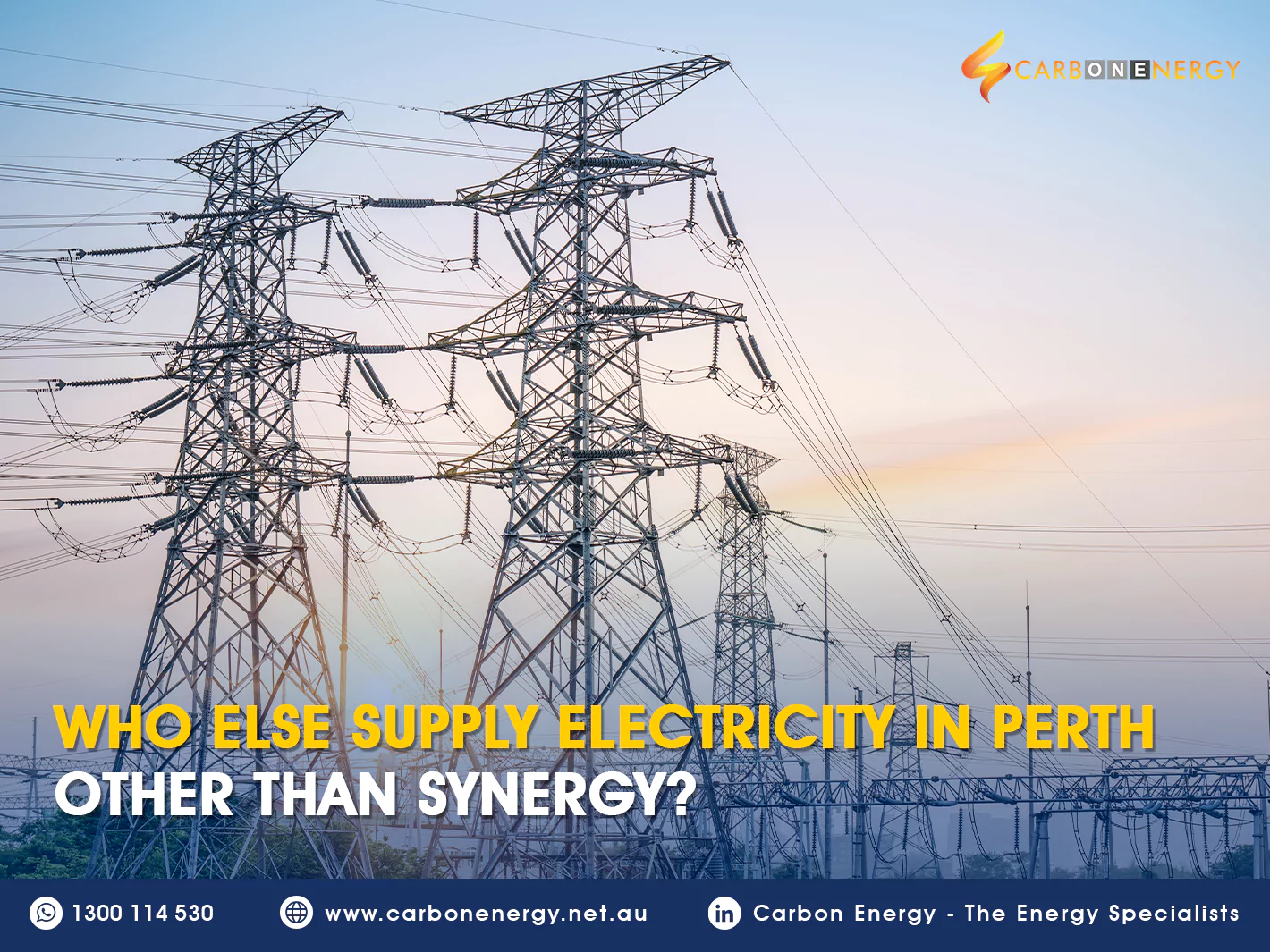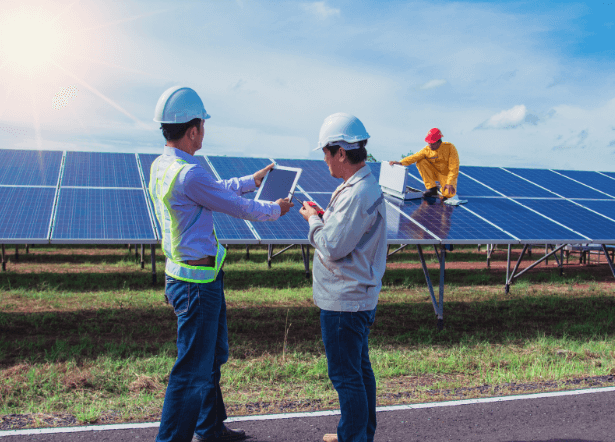COMPARISON STUDY ON SOLAR PANELS
The most iconic and easily recognised part of a solar installation is the solar panels. These panels harvest the light and heat radiated by the sun and generate electricity to power your house or business. The conversion process from light and heat into energy is called the photovoltaic effect. Hence the alternate name for solar panels, Photovoltaic (PV) panels. There are many different brands of solar panels, each with different sizes and types. There are two main types of panels: the monocrystalline panels (mono) and polycrystalline panels (poly). The two panels are similar, but there are some slight differences you need to know in terms of their performance.
Before you decide which panel is the most suitable for your solar installation, get to know the types of solar panels that ideally suit your needs and the plus-minus points each type has. To help you get started on your solar installation, see how our Solar Project Management Approach works.
The Many Types of Solar Panels
With the recent booming development in solar-based technology, there are many new solar panels and variants. A brief explanation about the existing types of solar panels are as follows;
a. First Generation: Consists of the earlier types of solar panels made of monocrystalline silicon or polycrystalline silicon. They are the most commonly used in conventional surroundings.
- Monocrystalline Solar Panels (Mono-SI);
- Polycrystalline Solar Panels (p-Si).
b. Second Generation: Consists of different types of thin-film solar cells. It is mainly used for photovoltaic power stations integrated into buildings or smaller solar installations.
- Thin-Film Solar Cells (TFSC);
- Amorphous Silicon Solar Panels (A-SI).
c. Third Generation: Consist of panels with various thin-film technologies, but most of them are still in the research or development phase. Some of them generate electricity by using organic materials; others use inorganic substances (CdTe).
- Biohybrid Solar Cell;
- Cadmium Telluride Solar Cell (CdTe);
- Concentrated PV Cell (CVP and HCVP).
This article will emphasise the Monocrystalline and Polycrystalline solar panels as they are the most commonly used in Western Australia. The purpose is to shed light on knowing more about the solar panels, which make up most of the installation’s total cost. We hope you will find the best type of panels that suit your needs and situation. Both solar panels are made from silicon and used for solar panels because of their abundance and durable nature. Many solar panel manufacturers produce both monocrystalline and polycrystalline panels.
The stark contrast between the two solar panels is the type of silicon solar-cell they use: monocrystalline panels have solar cells made from a single crystal of silicon, while polycrystalline panels have solar cells formed from many silicon fragments melted together. Both monocrystalline and polycrystalline solar panels can be good choices for you. But what are the differences between Monocrystalline and Polycrystalline? And which one is the better option to go with your solar installation? How to maximise your solar power? IF YOU ARE WONDERING ABOUT THESE THINGS, YOU HAVE COME TO THE RIGHT PLACE.
Monocrystalline solar panels
Monocrystalline solar panels are generally regarded as Tier-1 or Premium Grade Solar Product. This is very understandable because, in general, monocrystalline solar panels have greater performance and endurance rate compared to all types of solar panels currently available. The main advantages of monocrystalline panels are higher efficiencies and sleeker aesthetics in terms of shape.
Monocrystalline panels also boast a wider surface area to ensure they can absorb more light and heat from the sun. Monocrystalline solar panels are made from a silicon crystal which is formed into bars and cut into wafers. These types of panels are called “monocrystalline” because the silicon used is single-crystal silicon. Because the cell comprises a single crystal, the electrons that generate a flow of electricity have more room to move. As a result, monocrystalline panels are more efficient than their polycrystalline counterparts.
Polycrystalline solar panels
Many people think that polycrystalline solar panels are rated second solar panels. BUT IS THAT TRUE? We at Carbon Energy would like to disagree! Although polycrystalline solar panels generally have a slightly lower efficiency rate than monocrystalline, it does not mean it’s an inferior product. The most significant advantage of polycrystalline solar panels lies in their more affordable price. This allows polycrystalline panels to catch up by utilising quantity over quality if compared to the monocrystalline counterparts. Besides, polycrystalline solar panels tend to have a blue hue instead of monocrystalline panels’ black hue to ease your aesthetic sense. IS THAT ALL? OF COURSE NOT!
Polycrystalline solar panels are also made from silicon. However, unlike the monocrystalline, instead of using a single crystal of silicon, manufacturers melt many silicon fragments to form the panel’s wafers.
Polycrystalline solar panels are also referred to as “multi-crystalline,” or many-crystal silicon. Because there are many crystals in each cell, there is less freedom for the electrons to move. So does that mean polycrystalline panels are inferior to monocrystalline? NO, we beg to differ! Because the multi-crystalline cells’ square shape provides no wasted space. This makes the typical polycrystalline solar panel’s efficiency almost identical to the monocrystalline ones these days.
How Solar Panels Compare on Key Metrics?
Although the two types of panels are made of the same material, they have slight differences in their quality and performance rates. In general, the panels can be rated based on their pricing, efficiency, longevity and manufactures’ quality. To help you see the differences between Mono and Poly Solar Panels, we summarise them in the table below.
| Based From | Monocrystalline Panels | Polycrystalline Panels |
| Pricing | Higher | Lower |
| Efficiency | 17-20% | 13-16% |
| Longevity | 25+ Years | 25+ Years |
| Recommended Brands |
|
|
Aside from the table’s comparison, several other factors needed to be known about the solar panels. For example, if seen from endurance against weather, Monocrystalline performs better at a lower temperature. In contrast, Polycrystalline performs better at a higher temperature. Lastly, the panel’s volume-space shows that Monocrystalline is more compact and space-efficient than Polycrystalline, allowing more accessible arrangement and maximising limited space for residential or small businesses customers.
How to Know Which Solar Panel is the Best?
Solar investment is one of the most promising long-term solutions to your high energy bills. It allows you to reduce your electricity bills while keeping the same amount of energy consumption. Another benefit of solar investment is that you can enjoy the Government rebate for renewable energy. It helps you cut a significant amount of the capital required for your system installation to ease some burden. Refer to The Renewable Energy Target (RET) scheme page to see the details on how to enjoy this benefit. One of the essential elements is solar panels. The options narrow down into two key aspects, Your Personal Needs and Solar Investment.
- Personal Needs, ensuring your solar system matches your needs. The factors you need to consider are as follows:
- Type of Installations makes it clear from the start! Residential and small businesses do not need big and fancy solar installations. We recommend keeping things simple. Both types of panels work well either for residential or commercial use.
- Energy Requirements: It is evident that the solar panels’ purpose is to harvest alternative energy to reduce grid-generated electricity consumption. Hence we would like to advise you, our readers, to make sure you have a clear idea about your energy consumption. A slight error in the energy analysis will cause the solar installation to either lack energy efficiency or oversell the bogus fly-by-nighters offer.
- Space Availability always does precise planning on how your installation will be carried out. Be meticulous about your house or business site before deciding to install solar. Make sure you have the appropriate space to accommodate your solar installation. However, there are always tips and tricks to maximise your solar systems even if you have limited roof-space/land.
- Type of Installations makes it clear from the start! Residential and small businesses do not need big and fancy solar installations. We recommend keeping things simple. Both types of panels work well either for residential or commercial use.
- Solar investment is a dilemma for many business owners. Either go with solar installation as a form of long-term investment or keep the solar enough to reduce your energy bill. It is undeniable that the Return of Investment (ROI) from the solar installation can only be seen one year after the installation. Still, the truth is that solar energy’s daily consumption will significantly help you and your business reduce operating costs. You are allowing those funds to be used to develop your business further. Even so, you don’t have to worry about massive capital for your solar installation. If you have a limited budget, you might consider choosing a Power Purchase Agreement (PPA), which allows you to pay per kilowatt-hour for the system’s electricity instead of buying the whole system. Again, if you are interested in having a Free Solar Quote, please don’t hesitate to talk to one of our Energy Consultant.
Carbon Energy as Your Prefered Solar Energy Partner
Carbon Energy is here to assist you in your attempt to save your business from excessive energy bills. Our energy specialists possess immense knowledge and vast experience in the energy market. Engaging us to manage your energy requirements will be the best decision to start reducing your power bills.
Our approach is honest, professional, and we put you at the centre of everything we do.
We will perform the following steps to assist your company:
- Analyse your current energy cost and consumption;
- Draft suitable solar system designs and analyses each design for a maximum Return of Investment (ROI). We make sure that only the absolute best system for your business is recommended;
- Tender your energy supply to ensure your energy contract is still the most competitive in the current market;
- Analyse terms and conditions of the energy contract (If to be in place);
- Provide one-stop energy solutions for your business that cover electricity, gas and renewable options. Summarise the system quote and offer in plain, simple, and easy-to-understand language, enabling you to make an informed decision.
We will save your time and do all the painful work for you. We access you the best solutions in the easiest, secure and convenient way possible. Have you used an energy consultant yet? Why wait any longer? Whether you are looking to save on electricity or gas, or commercial solar, we can help you find the best deal for your business needs.
Please speak to one of our energy specialists to get a free energy cost audit (valued at $2000) on 08 6460 1613.

